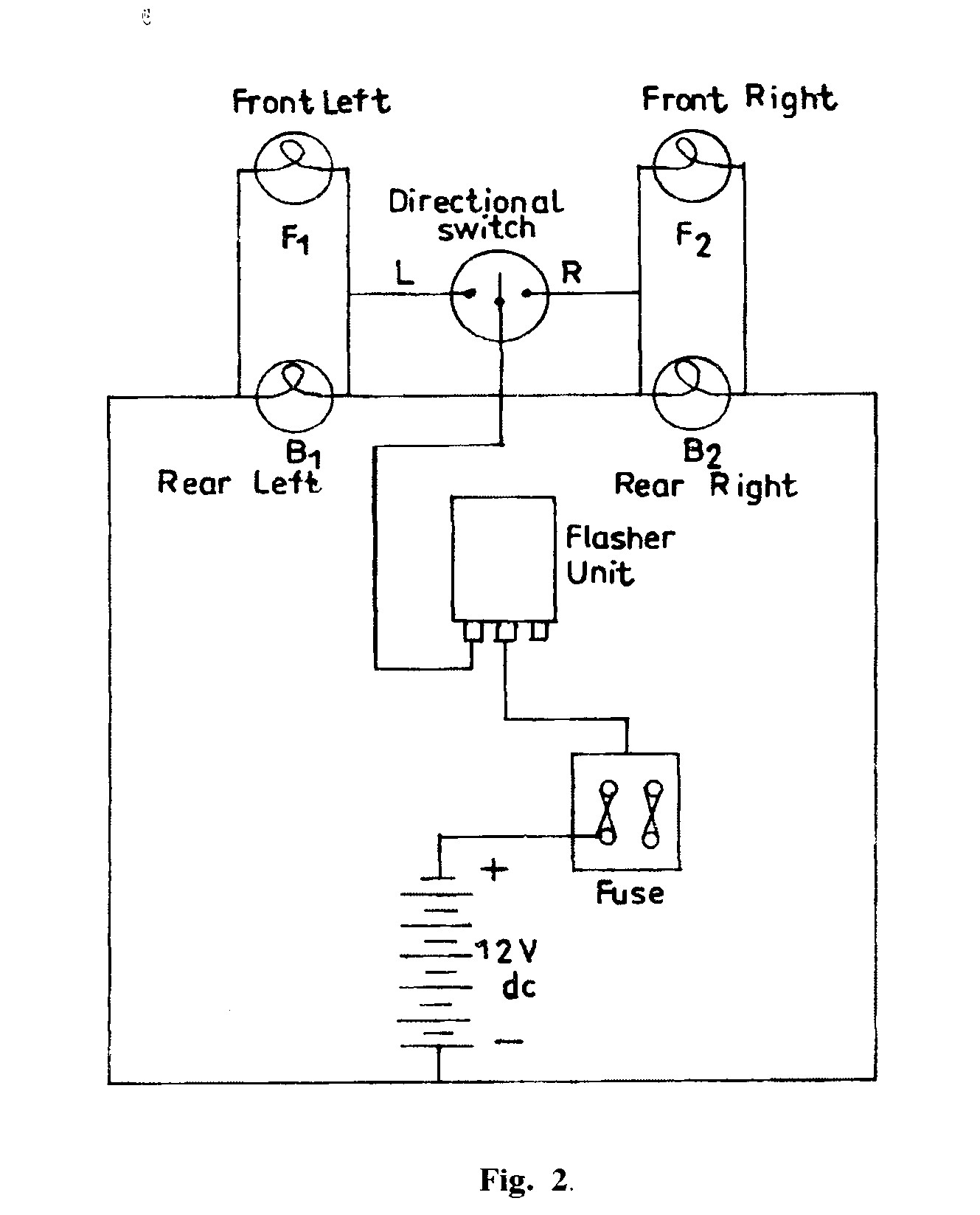Question 2
AIM: To determine the function of an indicator.
Table 3

(a) Connect the circuit as shown in Fig. 2.
(b)Ask the supervisor to check the circuit connection.
(c)Insert lamps F1, F2, B1 and B2.
(d)Close switch to R position and comment on the state of the lamps in your answer booklet.
(e)Close switch to L position and comment on the state of the lamps in your answer booklet.
(f)Open the switch.
(g)Give one reason for your observation(s) in (d) and (e) above.
(h)Remove lamp F2, close switch to R position and record the state of lamp B2 in your answer booklet.
(i)Open the switch.
(j)Remove lamp B1, close the switch to L position and record the state of lamp F1 in your answer booklet.
(k)Open the switch.
(l)State one implication of your observation in each of (d), (e) and (h) for a motor vehicle.
(m)State the function of the fuse in the indicator circuit.
Observation
The expected answers were;
(d) Lamps F1 and B1 are in ‘off’ state while F2 and B2 are ‘on’.
(e) Lamps F1 and B1 are in ‘on’ state while F2 and B2 are ‘off.
(g) Reason for observation(s) in (d) and (e).
Used to regulate (control) the flow of current.
The directional switch makes and breaks the circuit connection to the bulbs.
Closing the switch to R controls lamp F2 (front right) and B2 (rear right). Closing the switch is in neutral (centre position), it does not operate any of the lamps.
(h) B2 is on.
(j) F1 is on.
(l) (i) In (d), signals right direction to road users in front and behind the vehicle.
(ii) In (e), signals left direction to road users in front and behind the vehicle.
(iii) In (h), signals right direction to road users behind the vehicle.
(m) A fuse protects the circuit from overload.
Many candidates did not properly highlight their observations on the directional switch. Some candidates could not state the function of a fuse.
